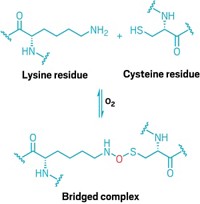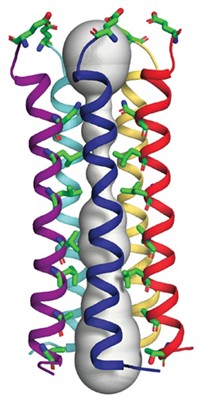Advertisement
Grab your lab coat. Let's get started
Welcome!
Welcome!
Create an account below to get 6 C&EN articles per month, receive newsletters and more - all free.
It seems this is your first time logging in online. Please enter the following information to continue.
As an ACS member you automatically get access to this site. All we need is few more details to create your reading experience.
Not you? Sign in with a different account.
Not you? Sign in with a different account.
ERROR 1
ERROR 1
ERROR 2
ERROR 2
ERROR 2
ERROR 2
ERROR 2
Password and Confirm password must match.
If you have an ACS member number, please enter it here so we can link this account to your membership. (optional)
ERROR 2
ACS values your privacy. By submitting your information, you are gaining access to C&EN and subscribing to our weekly newsletter. We use the information you provide to make your reading experience better, and we will never sell your data to third party members.
Physical Chemistry
New Metalloprotein Cluster Discovered
by Celia Henry Arnaud
November 30, 2009
| A version of this story appeared in
Volume 87, Issue 48
Crystallographic analysis of tetrathiomolybdate (TM) interacting with the yeast metallochaperone protein Atx1 has revealed a copper-molybdenum cluster never before seen in metalloproteins (Science, DOI: 10.1126/science.1179907). Atx1 is related to the human protein Atox1, which forms a complex with Wilson disease protein in order to transfer copper. TM is used to inhibit several copper enzymes, but the structures of the complexes are not yet known. Thomas V. O’Halloran of Northwestern University and coworkers expected that TM would inhibit Atx1 by removing copper from its binding site and forming a polymeric copper-molybdenum sulfide precipitate. Instead, the copper remains in its binding site and forms part of a nest-shaped cluster that consists of four Cu+, a single MoS4 2–, and three pairs of sulfur atoms from two Atx1 cysteines involved in copper binding. In a gel-based assay, the researchers show that TM inhibits Atx1’s copper chaperone activity.





Join the conversation
Contact the reporter
Submit a Letter to the Editor for publication
Engage with us on Twitter